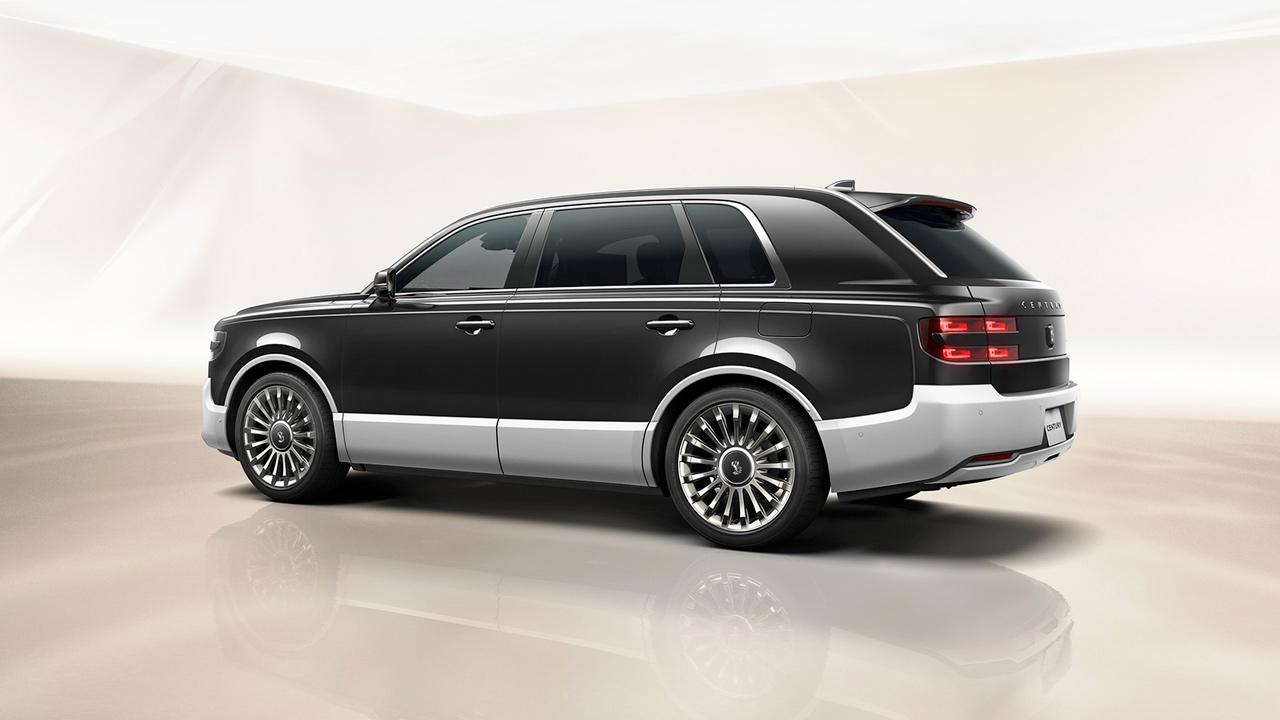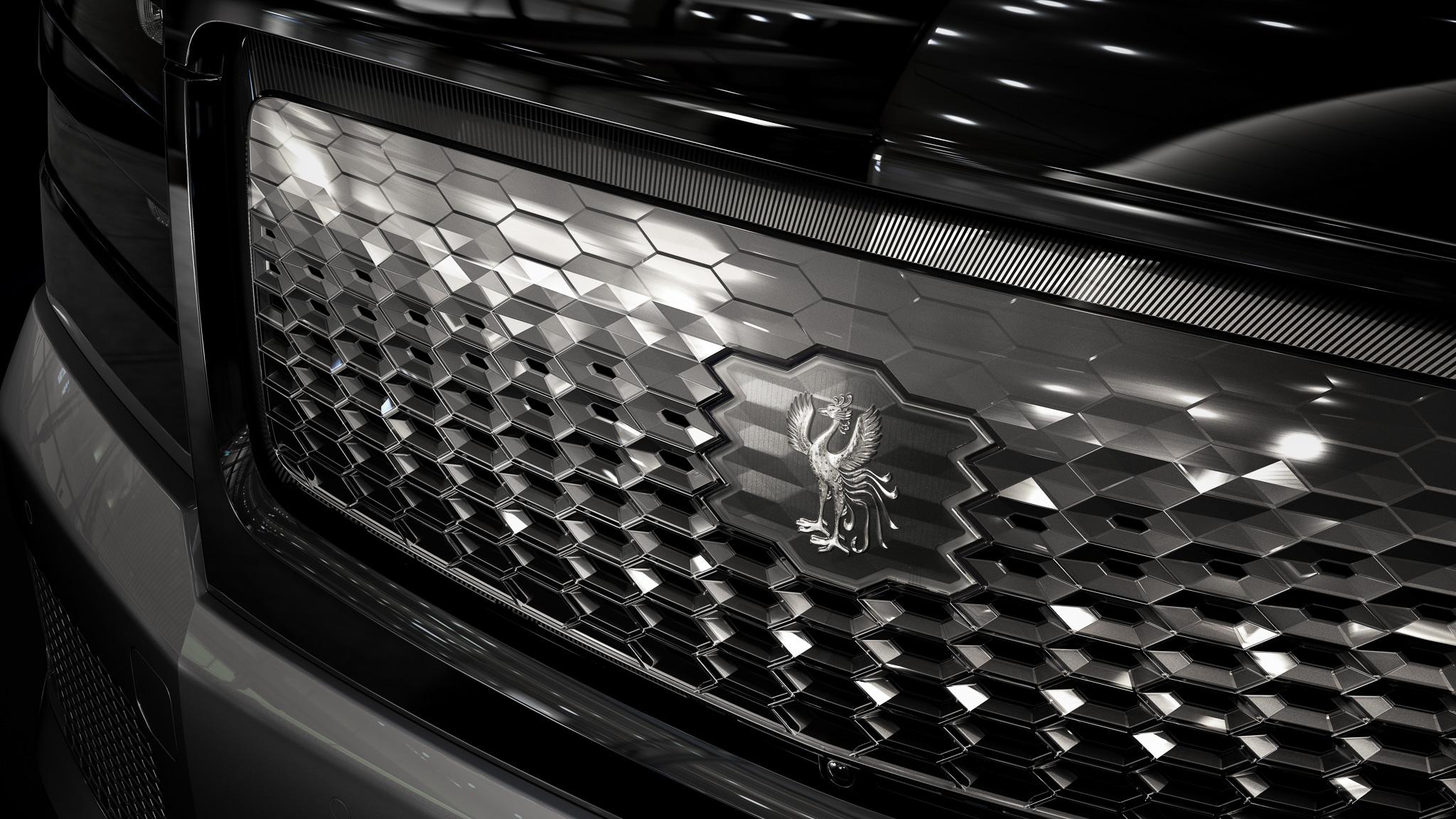
The new Century's chief engineer and chief designer continue to share the inside story of development, delving deeper into the model's "inheritance and evolution."

Since first appearing in 1967, the Century has been a symbol of Japanese chauffeur-driven mobility, the vehicle of choice for the Imperial household and many other distinguished figures. In September, a new model was added to this family.
Though its silhouette is unlike any that has come before, the new car possesses a style that makes it instantly recognizable as a Century.
To get the inside story behind the model’s development, we spoke with two key individuals: Chief Engineer Yoshikazu Tanaka and Design Division General Manager Tatsuya Sonoda, who oversaw the design process.
In this article, we take a closer look at the finished vehicle to see what Tanaka, Sonoda, and their team chose to inherit, and what has evolved to create the new Century.
Coming together to achieve Centuryness
The new Century’s exterior was designed to project an image of stately elegance. Even as its profile marks a clear departure from past sedans, the car retains the unmistakable look of a Century.

This goes beyond the phoenix emblems featured throughout. The new model inherits the tradition established through successive Century generations, the “Centuryness” that can be seen in everything from its commanding stature, built around horizontal and vertical lines, to the kichomen chamfering* on the sides of the body.
*A carving technique used on the posts of room partitions and folding screens erected for privacy during the Heian period (794-1185).

Seeking to create a new form that nonetheless retains this Centuryness tradition, Sonoda and his team produced countless design sketches, while clay modelers spent more time shaping the exterior than on any other vehicle.
Of all the elements, Sonoda says he was most particular about the car’s proportions and front grille.
Sonoda

We paid special attention to the proportions, focusing on the rear seating space and silhouette, to present an overall stately appearance befitting a chauffeured car.
Our design for the front grille, as in the sedan, was inspired by the traditional Kumiko latticework found in Japanese architecture, which we evolved by employing a new acrylic material.
The solid upper acrylic section transitions into a honeycomb pattern as you move down, achieving a gradation that gives the grille a sense of depth.
The design we created also presents different expressions depending on the position and distance from the viewer, capturing the changing light.
I think this grille perfectly embodies the concept of inheritance and evolution.

As Sonoda explains, he initially thought the acrylic grille was unfeasible, given the difficulty of molding the material into such an elaborate shape. The team eventually made it happen with assistance from one of the company’s partners, Toyoda Gosei.
Like the front grille, the new Century is full of features and functions made possible by production-side collaborations, both inside and outside Toyota.
Sonoda
The acute angle of the side pillars, which gives them their sharp character, also could not be reproduced with a standard press. Seeing our design, the press production engineers embarked on a trial-and-error process inspired by details on the Mikazuki Munechika, the celebrated Heian-period sword and designated national treasure.
In the end, we managed to overcome this challenge by devising a forming method that combines stamping and laser processing (a first for a mass-market vehicle).
Design, production engineering, craftsmanship—this new Century was only made possible by everyone coming together in the development.


